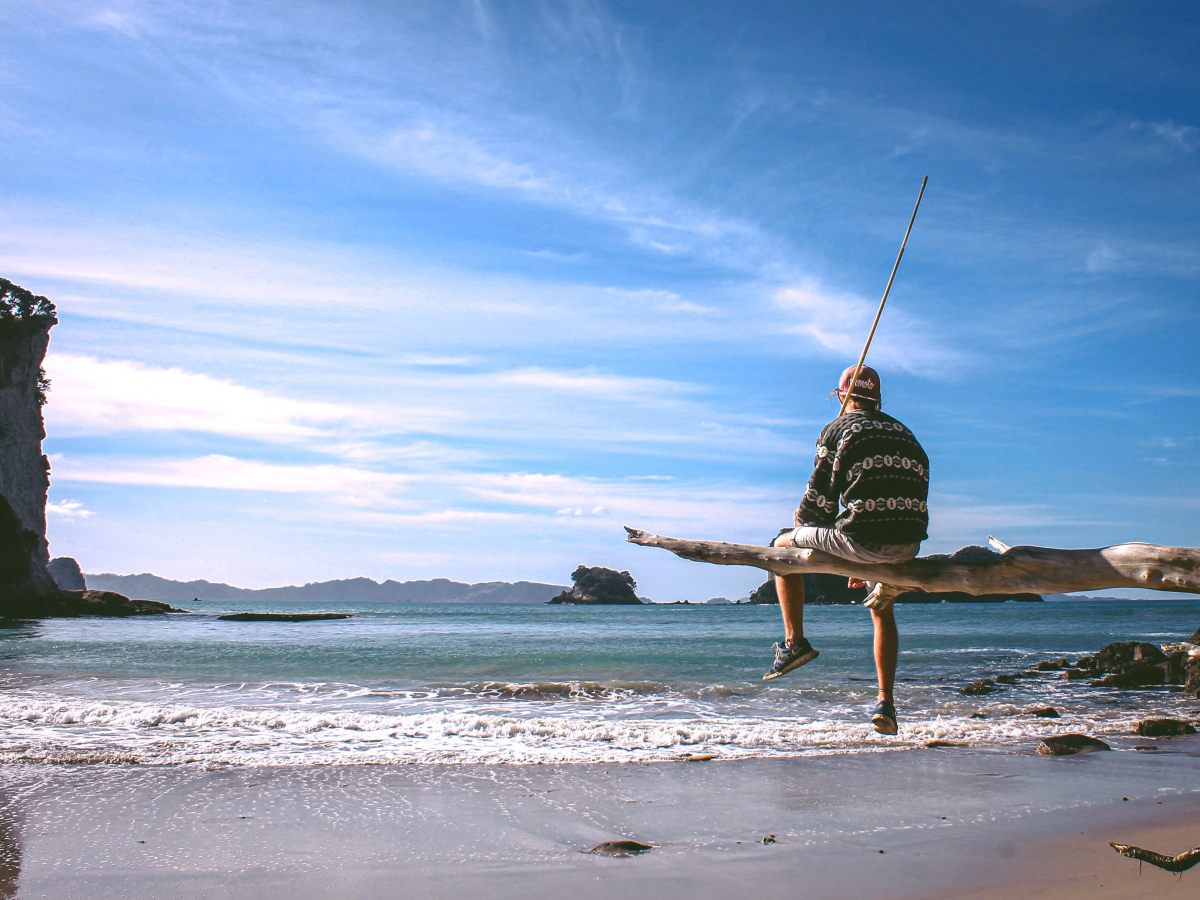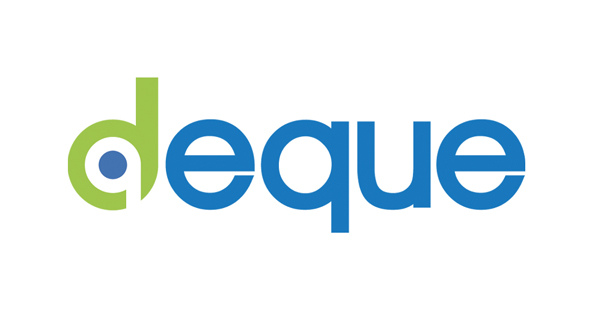Accessibility in Aotearoa
While anecdotally we know that web accessibility in New Zealand can be poor, there has been no local data to quantify how big the problem is or the key areas of what the problems are. This project aims to quantify the level of web accessibility in New Zealand, by reviewing the top 1000 website homepages.

Introduction
Almost a quarter of New Zealand’s population has some form of permanent impairment, whether physical, cognitive, visual, hearing, language or speech. Many of these people rely heavily on access to the internet for information, shopping, entertainment, social inclusion, civic participation etc. There are also an innumerable amount of people with undiagnosed conditions and temporary or situational impairments that can also impact on their lives and use of the internet.
Many of these people face barriers in many aspects of their lives, and this absolutely extends to using the Internet. Even assuming they have the infrastructure or device and connectivity in place and the knowledge to use the Internet, the barriers continue with poorly designed websites that make it difficult, if not impossible, to complete their tasks.
For the purposes of this research we use the term ‘accessibility’ to mean the level of access to a website interface that is possible by people of all abilities who have the device and connectivity to do so.
While anecdotally we know that web accessibility in New Zealand can be poor, there has been no local data to quantify how big the problem is or the key areas of what the problems are. The disability community has many complaints about the design and interaction with key websites and apps, but we have no official stance on how bad the problem is. Having a baseline will provide a gauge of improvement over time.
This research aims to measure the level of digital accessibility of the top 1,000 NZ owned website home pages. The research builds on work done elsewhere in the world by WebAim, using a similar methodology at a smaller scale, with a similar but different tool. This initial review will provide a baseline against which we can compare on an annual basis.
The project aims to quantify the level of web accessibility in New Zealand, by reviewing the top 1000 website homepages. This data will provide a benchmark that can be reassessed annually to measure changes in the level of accessibility over time. Web accessibility is vital for an inclusive society and will help increase employment opportunities, community participation and enjoyment for people with access needs.
Data from this automated review will provide clear evidence of the level of accessibility of New Zealand websites. In the short-term we hope this data will help provide motivation to make change, and give businesses facts about the current situation. In the medium-term we hope this research and the results from subsequent years will drive an increase in access to web for people with disabilities. Our mission is to help people with access needs to have easier access to digital services as the interface design is improved and barriers are removed.
This research follows a similar method to WebAim, using Deque aXe Monitor as the automated code checker. The results relate to automatically detectable issues from the home pages of each site in the sample. The code checkers can only identify 30-60% of all possible accessibility issues from WCAG2.1.
Sample
The list of the top NZ 1000 home pages was compiled from a variety of sources, including Magic Millions, Google and https://www.alexa.com/topsites/countries/NZ. We included .nz, .kiwi and relevant .com websites. Websites that were clearly internationally owned, or were porn or hate sites, or were no longer valid urls, were removed from the sample. Government websites were excluded from this sample to avoid diluting the sample as many of the key websites are govt.nz domains. A separate review is planned for the top GOVT.NZ websites.
Method
Access Advisors partnered with leading international accessibility software company Deque Systems. Deque run the automated accessibility checks in 2021 using their aXe solutions. To check the integrity of the data a random sample of individual pages was tested manually to ensure the results were robust.
Results
The results show that 97.5% of all websites in the sample had some accessibility issues. Because of the relatively small number of websites in each category, results are reported in a combined and anonymous manner. For the 1000 pages a total of 32,886 errors were found with an average of 35 errors per home page.
Of the 1000 websites 25 websites had no errors detected in this test. It is important to remember that that doesn’t mean the sites have no errors at all, just that none were detected using the automated code checker. 293 websites had 10 errors or less on their homepage but 60 websites had more that 100 errors on their homepage with 6 websites having more than 300 errors per home page.
The results clearly illustrate that the current state of web accessibility in New Zealand has a lot of room for improvement.
Most common issues
- Poor colour contrast
- Links lacking discernible text
- Alt text for <img> elements missing
- Repeated ID attribute values
- Missing language attributes
- <iframe> and <frame> elements
- Buttons lacking discernible text
- Form elements not having labels
- Repeated ID attribute values for active elements
- Aria-hidden elements have focusable elements
Top critical issues
- Alt text for <img> elements missing
- Buttons not having discernable text
- Form elements not having labels
- Selected elements not having an accessible name
- Aria roles not containing the correct child roles
- ID attributes are not unique
- Aria roles not having the correct parent element
- Aria attributes not having valid values
This report is not designed to replace the WebAim Million. Instead, we are aiming to help localise results. However, a comparison between the most recent WebAim Million shows that New Zealand isn’t doing too badly.
Conclusion
New Zealand websites aren’t doing any worse than anywhere else. But there is room for some major improvement. What is clear is that the top five issues are some of the easiest accessibility problems to fix. Considering colour contrast between text and the background meets minimum requirements, ensuring that hyperlink names are meaningful, including appropriate <alt> text for <img> elements, checking the ID values and ensuring there is a language element on each page would reduce the problems considerably.
Further research is planned to explore a subset of these web pages in-depth and to run a similar round of testing on the top GOVT.NZ websites.
About Access Advisors And Deque
Access Advisors is a specialist accessibility consultancy with many years of experience. Dr Chandra Harrison the Managing Director has also completed Master and PhD research in this area. Access Advisors also has four additional consultants who can provide the people power to conduct, analyse and report the results. Deque are a large, well established and well respected international organisation who are leaders in this space. They have done similar studies elsewhere in the past.


